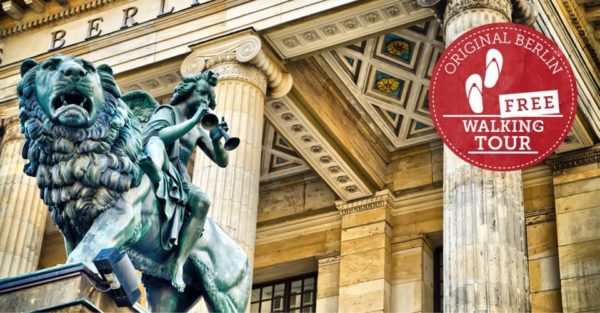Introduction
Berlin, Germany capital city is known for its colourful cultural scene, luscious areas and dynamic history. In the centuries, this city was always at the heart of major historical events and helped form Germany, and the rest of the world. Berlin holds a special place in history and has a story to tell: From the rise and fall of the Berlin Wall, to reunification of East and West Germany. In this article, we will walk through some of the historical landmarks and events that makes Berlin known.
The Berlin Wall: A Symbol of Division
The construction and eventual fall of the Berlin Wall is one of the biggest historical events that incorporated Berlin. The Wall, separated East Berlin and West Berlin erected in 1961, was built by the German Democratic Republic (East Germany). As the Cold War and the ideologically divided Western Bloc and Eastern Bloc continued, this physical barrier became an ever more potent symbol of the divide between them.
During almost three decades, the Wall served as a hard reminder of East German political tensions and suppression. Symbolic of freedom and hope having prevailed over oppression, the fall of the Berlin Wall in 1989 was a day that saw reunification for a nation.
Brandenburg Gate: An Icon of Unity
The Brandenburg Gate is also another famous extant symbol of Berlin’s history. This neoclassical monument was located at the heart of the city and proudly serves as a symbol of unity and peace, while experiencing such huge historical events. Constructed in the late 18th century, the Brandenburg Gate was first built as an impressive entry into the city, and while cut across by a wall that divided East and West Berlin during the Cold War, it still remained a place for families to head for relief.
After the fall of the Berlin Wall the Brandenburg Gate became a powerful symbol of the end of the Cold war and of Germany’s unification. These days it’s a popular tourist attraction and site for celebrations and gatherings.
Museum Island: A Treasure Trove of History
Museum Island (Museumsinsel) is home to Berlin in its heart, it is also a UNESCO World Heritage site. Focusing on five world class museums and each of which displaying a different aspect of human history and art, this unique cultural ensemble is comprised of.
The Pergamon Museum is just one of the awesome museums on the island; famous for its wonderful ancient artifacts and reconstructions. For visitors interested in Mesopotamia, Ancient Egypt, and Classical Antiquity – you can explore the exciting civilizations of the past. The bust of Egyptian queen Nefertiti with its famous likeness of the renowned female pharaoh, is exhibited at the Neues Museum. Other museums on the island consist of the Altes Museum, the Alte Nationalgalerie and the Bode Museum. Together they offer an unparalleled journey through time.
Siegessäule (Victory Column): A Symbol of Triumph
Berlin has a spot the Siegessäule, otherwise known as the Victory Column, an enormous monument in the Tiergarten park. The 19th century wars of Prussia against Denmark, Austria and France are commemorated by this 69 meter tall structure. Today the Victory Column is a symbol of German unification and achievement.
Visitors can climb up the column and enjoy dramatic view of the city. A stone for the golden statue on top, called the “Golden Victoria”, pays tribute to Berlin’s past achievements.
Conclusion
The Berlin Wall tumultous history, the iconic Brandenburg Gate and Museum Island, Berlin has been crucial to Germany, and the world destiny. A city where past merges with the present with such perfection you admire the scenery as both a past lover and a visitor. Visiting historic landmarks in Berlin isn’t about exploring history, it’s understanding the resilience, courage and determination of the people who came together and united to advance the future.
Table of Contents

